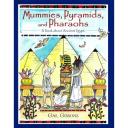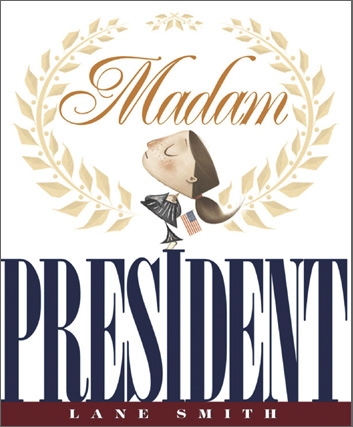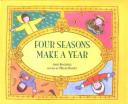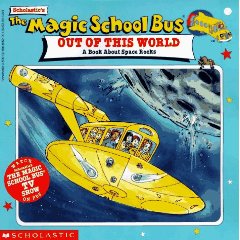
Magic Tree House Research Guide #14: Ancient Rome and Pompeii: A Nonfiction Companion to Vacation Under the Volcano, written by Mary Pope Osborne and Natalie Pope Boyce, illustrated by Sal Murdocca is an excellent way to supplement teaching Ancient Roman history. It simply and clearly gives a basic overview of ancient Rome. It has great attention to detail and provides many important facts that are pertinent to an elementary school student. It does this in a way that is interesting and fun. It is a companion research guide to Magic Tree House #13 Vacation Under the Volcano, but can certainly be read on its own. It has many facts and descriptions about Roman life and culture. The book begins with the legend of Romulus and Remus. Then continues
The real story of ancient Rome is a bit different. Rome was actually founded over 3,000 years ago. Farmers and fishermen settled on hills near the river Tiber in what is now Italy. These small hill settlements grew into a town.
It then goes on to describe how the ancient Roman government evolved over time, including clear descriptions of a republic as "a form of government where no one person has complete control". Many of the important contributions of Roman architecture are also discussed.
Roman buildings often had strong, rounded arches and beautiful domes. The Romans also built sturdy bridges, roads, and tunnels.
There are sections that describe the Colosseum and aqueducts and their uses and importance, including photographs of both. Other information covered includes: Roman military, roads, language, important people, Pompeii and the eruption of Mt. Vesuvius, a great description of daily life in ancient Rome, and more.
The book includes maps, drawings, photographs (of artwork, Roman sites, etc), Latin word meanings, and other bits of important and interesting information that would also be relevant to a student. At the end, the authors list many different sources that can be used to do more research. These included tips on how to properly do research from a book, museum research tips and particular exhibits, videos, DVDs, CD-ROMs, and internet resources.
Curriculum Connections
This book can be used to introduce and/or reinforce Third Grade Standards of Learning regarding Ancient Rome. It clearly describes a Roman Republic form of government, architecture (including the Colosseum and aqueducts), and Roman art (including mosaics, sculptures and paintings). (VA SOL 3.1) A map in the book shows the vast borders of the Roman Empire surrounding the Mediterranean Sea in the third century. It also describes the physical characteristics of Rome being next to a river and built on many hills. It discusses that Romans were farmers, road builders, and traders. (VA SOL 3.4) Topics covered in this book can also lead to economics discussions related to ancient Roman culture (VA SOL 3.7 & 3.8).
Additional Resources
- Kidipede – History and Science for Kids has a great article that clearly and simply provides information about the ancient Roman government, making connections to our government today. Or you can find ideas on how to make a mosaic with your classroom.
- Roman Empire has a lot of information including color photographs of Roman buildings (e.g. Colosseum, Pantheon, and aqueducts). These are great primary sources to share with the students.
- The BBC Learning has an excellent website to use as a way to integrate technology into learning about ancient Rome. There are fun games, facts, and photographs. There is also a link with teacher resources that includes worksheets, activities and videos.
- Random House has the official Magic Tree House site with activities and information for all of the books in the Magic Tree House series.
General Information
Book: Magic Tree House Research Guide #14: Ancient Rome and Pompeii: A Nonfiction Companion to Vacation Under the Volcano
Author: Mary Pope Osborne and Natalie Pope Boyce
Illustrator: Sal Murdocca
Publisher: Random House Books for Young Readers
Publication Date: 2006
Pages: 128
Grade Range: 2nd-5th
ISBN-10: 0375832203
ISBN-13: 978-0375832208










